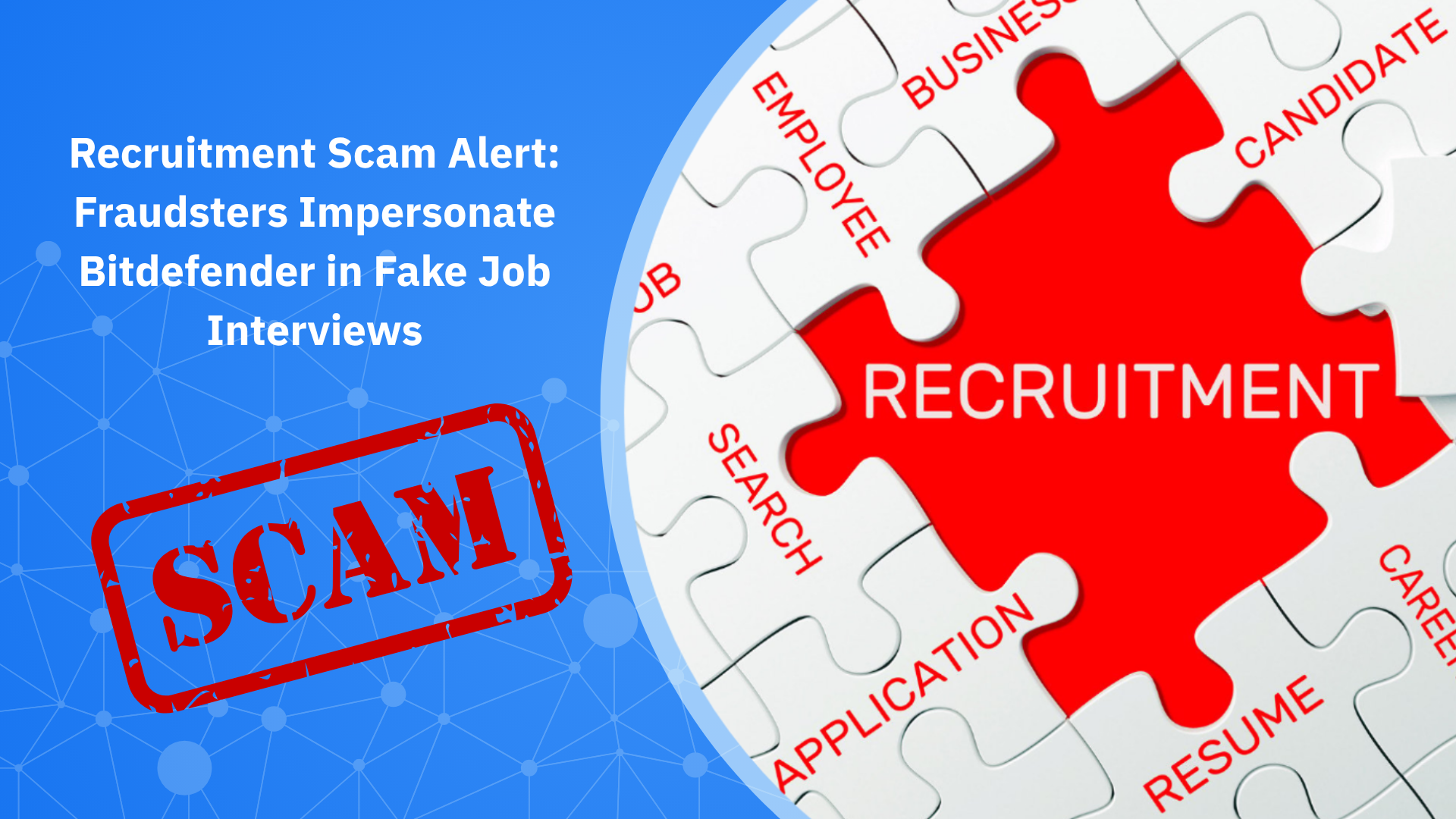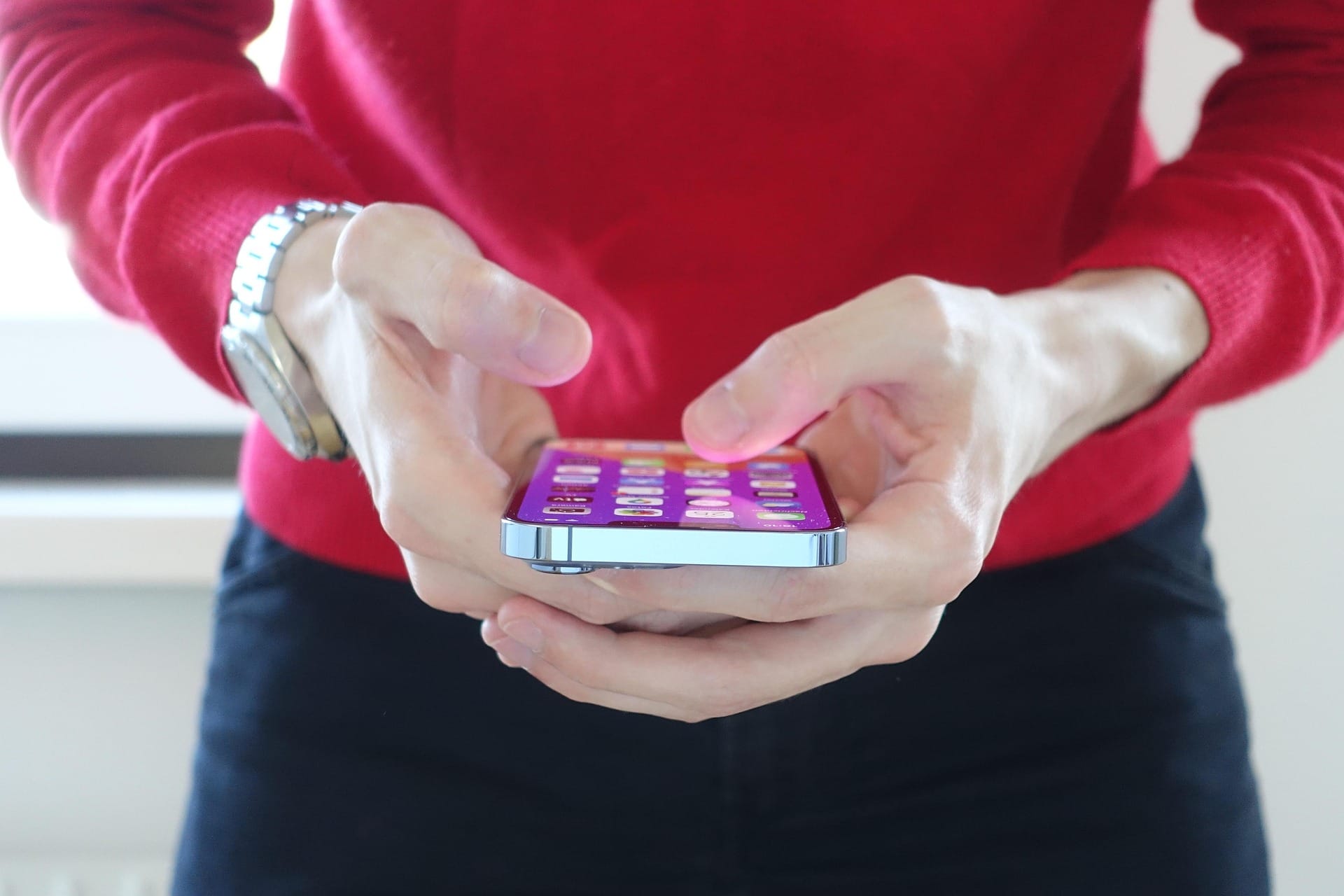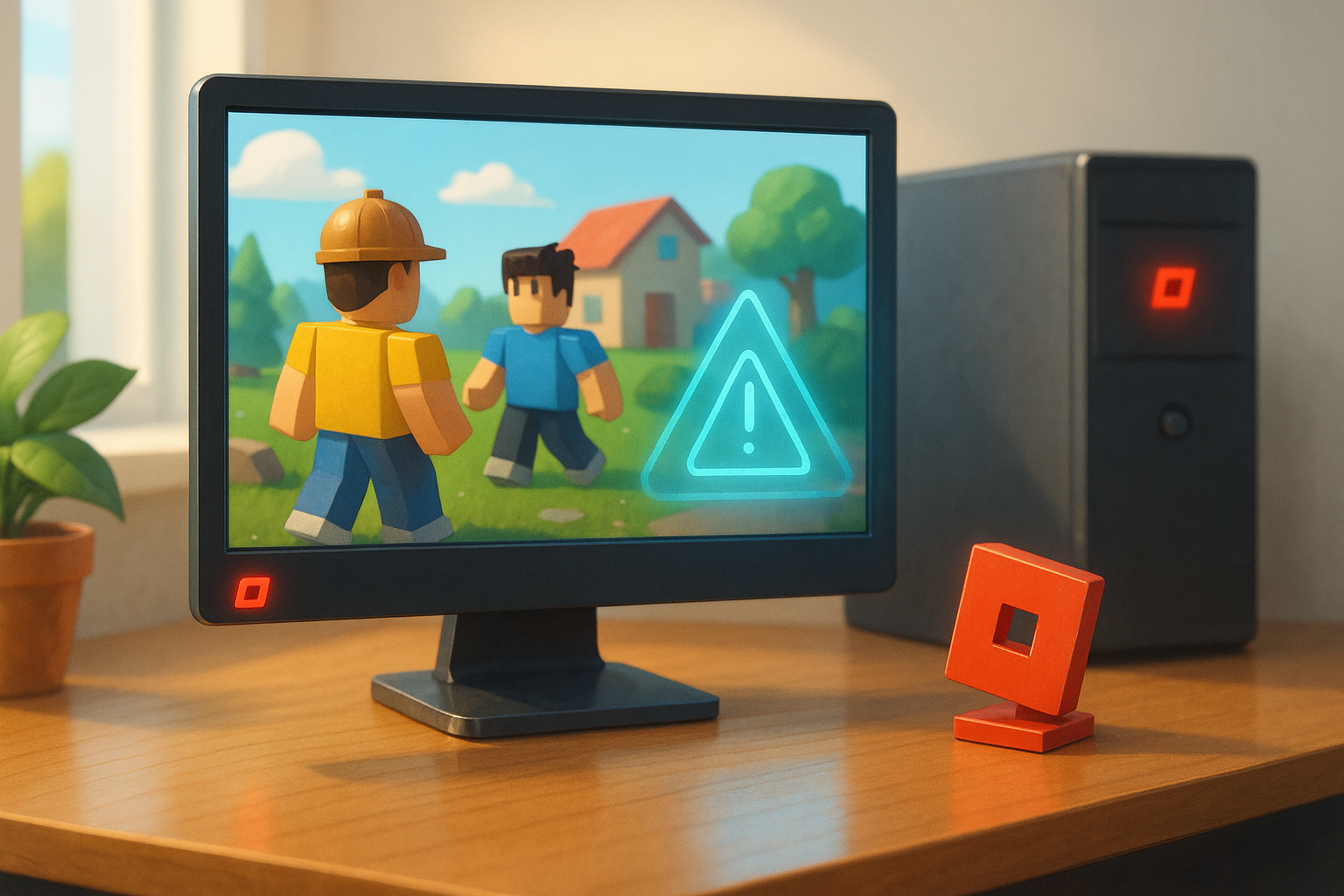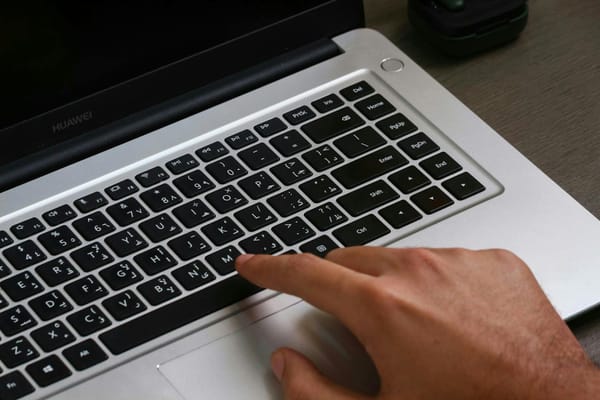Keep Donors Safe: 8 Cybersecurity Steps Every Nonprofit Should Know

Your nonprofit depends on donor data — names, email addresses, donation history, payment details — to keep relationships strong and fundraising campaigns effective. But the moment you collect that information, you also take on a big responsibility: keeping it safe.
And here’s the hard truth: even one data leak can damage the trust you've worked so hard to build. Many small nonprofits, just like many businesses, assume they’re too small to be a target, but the opposite is often true. Hackers know that stretched-thin teams often don’t have the time, budget, or staff to stay fully protected.
Whether your current setup is solid or still a work in progress, these eight steps can help you protect your donors’ data and your organization’s reputation.
8 Ways to Keep Your Donors' Data Safe
1. Know What You’re Up Against
You can’t protect your nonprofit from threats you’ve never heard of. And while cybersecurity can sound like something only big companies worry about, the truth is that nonprofits are often seen as easy targets.
Some of the most common threats include:
- Phishing emails that look like they’re from a donor, a vendor, or even a colleague — asking you to click a link, send money, or update bank details.
- Fake invoices that show up when you’re busiest, hoping someone pays them without a second look.
- Ransomware, which locks your data and demands payment to unlock it, often targets donation systems or internal files.
- Social engineering, where scammers piece together public information (like staff names or event dates) to trick you into granting access.
- Email compromise, where attackers gain access to a real staff member’s email account and use it to send convincing — and dangerous — messages from within.
Related: 10 Common Cyber Attacks Against Nonprofits (and How to Stop Them)
In 2017, Save the Children was tricked into wiring nearly $1 million to a fake charity for “solar panels in Pakistan.” Most of the money was recovered, but the breach made headlines. Then in 2023, the organization was hit again — this time by a ransomware group that accessed sensitive staff data, including financial and medical information.
In 2024, Internet Archive, a nonprofit digital library, suffered a massive breach that exposed 31 million user accounts — including emails, usernames, and encrypted passwords. While no payment data was leaked, the sheer scale of the exposure was alarming.
Then, in 2025, PBS had internal contact information for nearly 4,000 employees and partners leaked on Discord. It wasn’t a financially motivated attack, but it still exposed personal details that should’ve stayed private.
These stories show that even respected, mission-driven organizations can fall victim — and that attackers don’t always go after money. Sometimes they just want data, access, or attention. Knowing what you're up against is the first step to keeping your nonprofit — and your donors — safe.
2. Know Where You’re Vulnerable
Once you understand the kinds of threats that are out there, it’s time to take a closer look at your own setup. Many nonprofits unintentionally leave the door wide open to cyber risks, not because they don’t care, but because no one’s ever asked the right questions.
Start by asking yourself a few:
- Do you have a written policy for how your team handles donor data and who has access to it?
- If something went wrong — a hack, a leak, or even just a suspicious email — would you know what to do?
- Are your most sensitive accounts protected by two-factor authentication (the extra step where you enter a code from your phone)?
- And is your cybersecurity solution actually doing its job — covering all the devices your team uses and protecting against the threats you're most likely to face?
If your answers are mostly “no” or “I’m not sure,” it’s worth getting a few basics in place now, before a real incident forces your hand.
Related: Cybersecurity for Nonprofits: Why Hackers Target You and What to Do About It
3. Start With the Right Tools
The tools you use every day — your donor database, email system, fundraising platform, and even your newsletter software — are the foundation of your digital safety. If any of them are outdated or poorly protected, they could put your entire organization at risk.
Here’s what to look for when evaluating your tools:
- Updated software that receives regular security patches to fix vulnerabilities quickly
- PCI compliance if you’re handling donations or credit card information — this shows the tool meets important security standards
- Encryption or tokenization, which scrambles sensitive data so that even if it’s intercepted, it’s unreadable to outsiders
If your current systems don’t tick these boxes, it might be time to ask your vendor some questions — or explore more secure alternatives that better fit your needs.
4. Lock Down Your Logins
Passwords are a weak spot for most of organizations. It’s easy to reuse the same one across accounts, rely on birthdays or pet names, or jot them down in places that aren’t secure. Unfortunately, those habits make things much easier for attackers.
Here’s a quick checklist to strengthen your logins:
- Use long, random passwords — at least 8 to 12 characters, with a mix of letters, numbers, and symbols
- Avoid using personal info (like names or birthdays) or real words that can be guessed or cracked
- Create a unique password for every account — no repeats, even across similar tools
- Use a password manager if you struggle to remember them all — it’s safer than writing them down
Most breaches don’t happen because someone “hacked in.” They happen because someone tricked their way in, often through a weak or stolen password. Strong login habits are one of the simplest ways to protect your entire organization.
Related: Ransomware Is Targeting Nonprofits: Why Risk a Disaster When Protection Is Affordable?
5. Update Your Tech
Many updates include patches for security flaws that hackers already know how to exploit. The longer you wait, the longer you leave the door open to attacks.
Make updates part of your routine:
- Turn on automatic updates wherever possible, especially for operating systems and security tools
- Set a regular time to check for updates across your software and devices — monthly is a good start
- Back up important files before big updates, just in case something doesn’t go smoothly
Think of software updates as changing the locks after someone figured out how to pick them. The sooner you act, the safer your systems stay.
6. Only Give People the Access They Need
Not everyone on your team needs access to everything. The more people who can view or edit sensitive data, the greater the risk, and not just of intentional misuse, but of simple mistakes.
This isn’t about mistrusting your team. It’s about limiting the damage if something goes wrong.
For example:
- If a volunteer’s login is compromised but they only had access to mailing lists — not donor payment info — the impact is minimal.
- If an intern accidentally deletes a record, you can fix it — because they didn’t have permission to make permanent changes.
Make sure each person has their own login, only sees what they need for their role, and loses access promptly when they leave. A little access control goes a long way toward protecting your data.
Related: How to Work Safely with Polyworkers, Contractors and Freelancers
7. Add Extra Layers of Protection
Some tools and settings work quietly in the background, but they make a big difference when it comes to keeping your data safe.
Here are four worth using:
- SSL certificate: This secures your website and shows that little lock icon in the browser bar. Donors expect it, and search engines reward it with better visibility.
Related: What Is An SSL Certificate And 6 Reasons Why Your Website Needs One
- VPN (Virtual Private Network): This adds an extra layer of privacy when you're working from cafés, home offices, or anywhere with public Wi-Fi.
- Firewall: A firewall monitors the traffic coming in and out of your network and blocks suspicious activity before it causes harm.
- Two-factor authentication: Turn it on for your donor database, email, banking platform, and any admin-level tools.
8. Train Your Team
It only takes one person clicking a phishing link or uploading a donor list to the wrong folder to create a serious problem. That’s why cybersecurity isn’t just the job of your “tech person”, it’s a team effort.
Start simple and keep it practical:
- Add a short cybersecurity talk to staff meetings once a quarter
- Include safety tips in onboarding checklists for new hires and volunteers
- Post a one-page “What to Watch Out For” in shared spaces or internal channels like Slack
- Share real-life scam examples so your team knows what to look out for.
Related: Responding to a Cyberattack - What to Do When You Get Hacked
Protecting Donor Trust Moving Forward
Cybersecurity is about protecting the trust your donors place in you and making sure one mistake doesn’t undo years of hard work.
You don’t have to do it all on your own. Bitdefender Ultimate Small Business Security is a smart, simple solution designed for small teams, including nonprofits. Whether you’re a three-person staff or a growing organization with up to 25 people, it helps protect all your devices, files, and online accounts from phishing, scams, ransomware, data leaks, and more.
It’s built to be easy to use, even if you don’t have a dedicated IT person, and it gives you the tools to manage passwords, monitor for breaches, and keep everyone in your organization safer, without slowing you down.
Try it for free and see how it fits your organization. Your mission is important. So is keeping it secure.
tags
Author
Cristina is a freelance writer and a mother of two living in Denmark. Her 15 years experience in communication includes developing content for tv, online, mobile apps, and a chatbot.
View all postsRight now Top posts
Recruitment Scam Alert: Fraudsters Impersonate Bitdefender in Fake Job Interviews
October 13, 2025
What are Roblox Executors and Why Do Parents Really Need to Know About Them
October 10, 2025
How to Outsmart Today’s Sneakiest Phishing Scams
October 10, 2025
FOLLOW US ON SOCIAL MEDIA
You might also like
Bookmarks







